After years of uncertainty, 2012 saw cars branded with the Saab name officially consigned to the classifieds. Here we take a look back at the history of the Swedish car maker.
Saab’s car production was rooted in a firm creating military hardware for the Swedish airforce. At the time, Sweden was building a defense force to protect its neutrality during the World War 2. As the threat receded, so did the need to build aircraft. With factories and a workforce, the firm needed to branch out.
By 1948, Saab had built four ‘Ursaab’ prototypes. The radical styling was developed through the firm’s aerospace expertise, and had a far lower drag coefficient than any other car on sale. A year later, those prototypes evolved into Saab’s first-ever production car, the 92.
Named in series after the 91, a single-engined plane, the 92. Some 20,000 were sold, and the two-cylinder 92 gained an extra cylinder and became the 93 and an estate, the 95 joined the range in 1959. The 94 – more widely known as the first Saab Sonnett – was the firm’s first sports car.
As Saab was enjoying sales success, the firm entered into Swedish motorsport, and later it gained fame on the world motorsport stage. Victories in world rally events and a second in class finish at the 1959 Le Mans 24 Hours gave the small Swedish firm a big reputation.
Saab’s increasing profile came as the 92-based 96 was launched. It was the first to be widely exported, and the first to be imported to the UK. Almost 550,000 were built over an incredible 20 year production run.
But it wasn’t until 1968 that Saab finally severed ties with the aging 92. A year before Saab’s merger with Scania, the 99 became a defining moment for the firm. It incorporated features such as headlamp washers, bumpers which could retain their shapes after low-speed impact and the ‘hockey stick’ side graphic – Saab’s version of BMW’s Hofmeister kink.
It was built by Valmet, and was powered by Triumph-supplied engines. And it would go on to spawn the Saab 99 Turbo – one of the first popular and useable turbocharged cars. And it was that turbo technology that went on to define the firm.
The Saab 900 would become the firm’s most iconic car to date. More than a million were sold between 1978 and 1998, and the firm’s marketers played heavily upon its overtly aero-themed design cues. The wrap-around dash and deeply curved front windscreen played right into the hands of the Top Gun generation.
Turbo models continued to capture the public’s imagination, and with power outputs as high as 175bhp a UK race series, the Saab Turbo Mobil Challenge followed. It attracted drivers including Lionel Abbott, founder of renowned Saab tuner Abbott Racing, Tony Dron and Mark Hales.
While the 900 enjoyed sales success, a deal signed between Saab and Fiat yielded the first luxury Saab, the 9000. The model also ushered in the Alfa Romeo 164, Fiat Croma and Lancia Thema. The Saab/Fiat deal saw the introduction of the Saab 600, too, a rebadged Lancia Delta for Scandinavian markets.
Towards the end of the 1980s interest in premium brands took off and GM and snatched Saab from under the nose of Fiat, buying a $600m controlling 50 per cent stake. Saab needed serious investment and modernisation to replace the ageing 900.

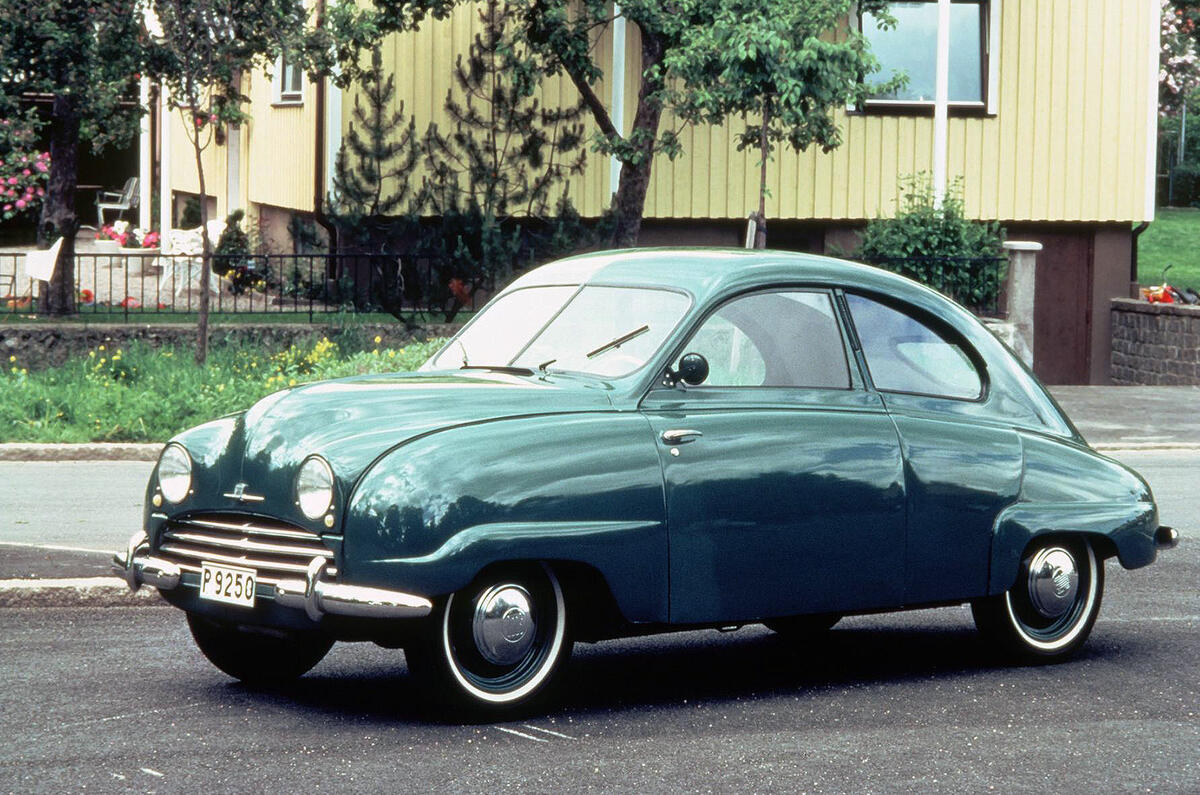
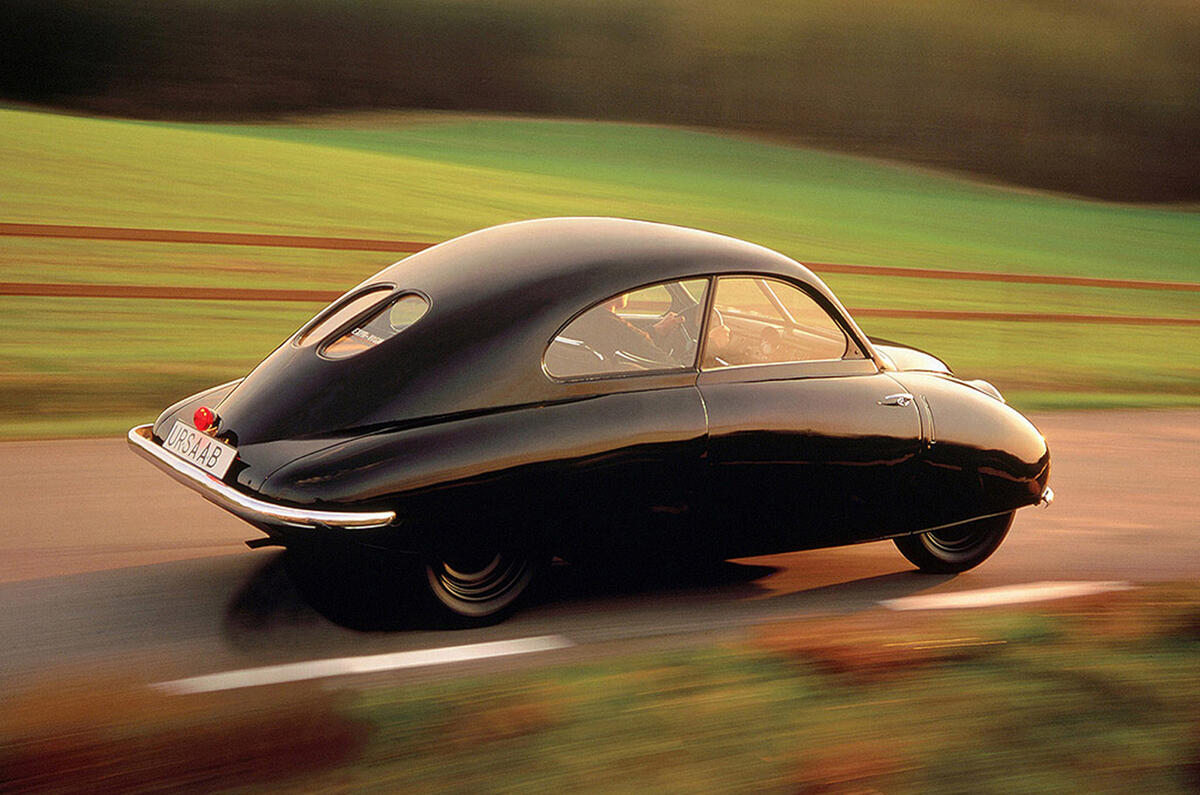
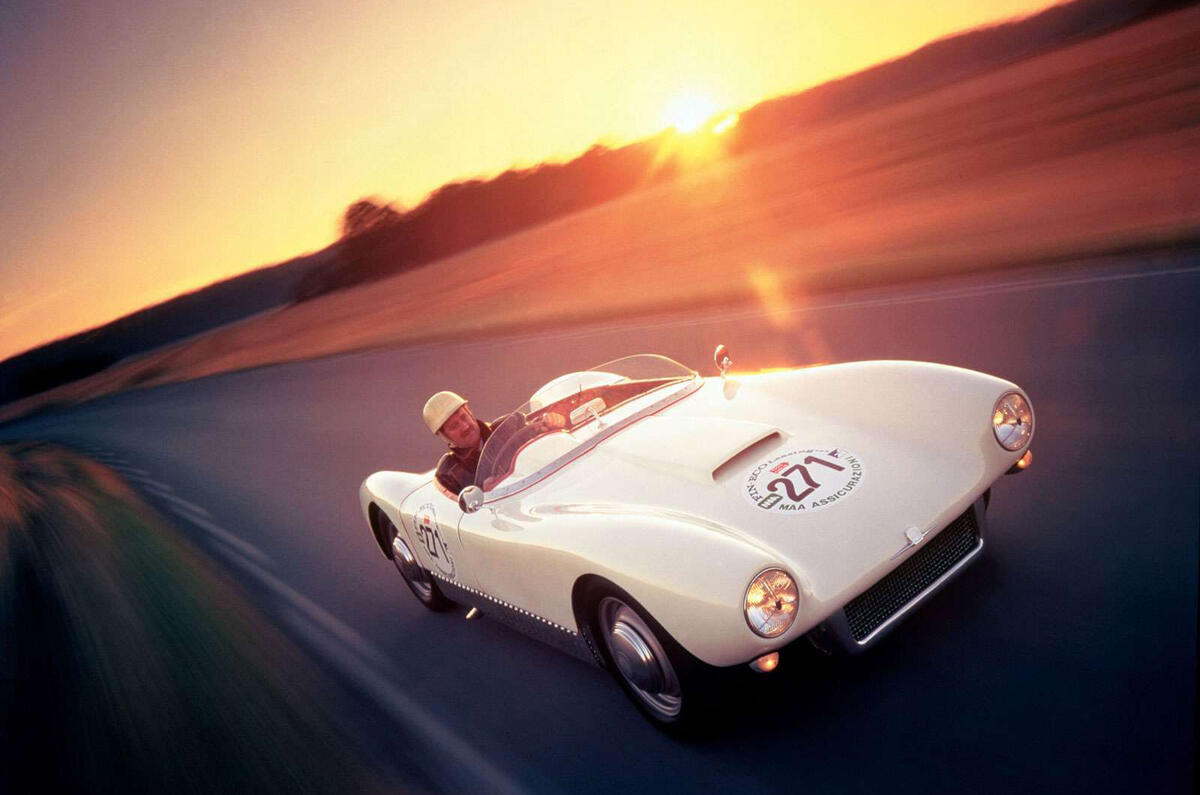
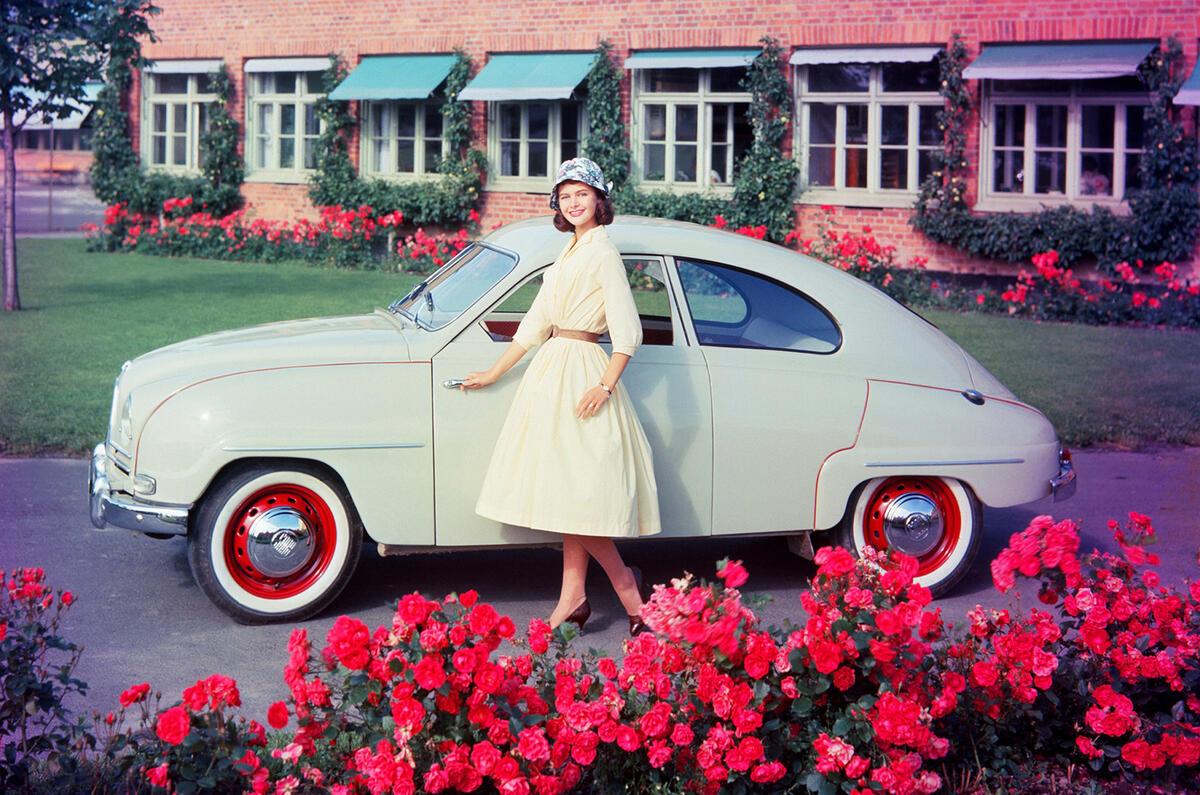
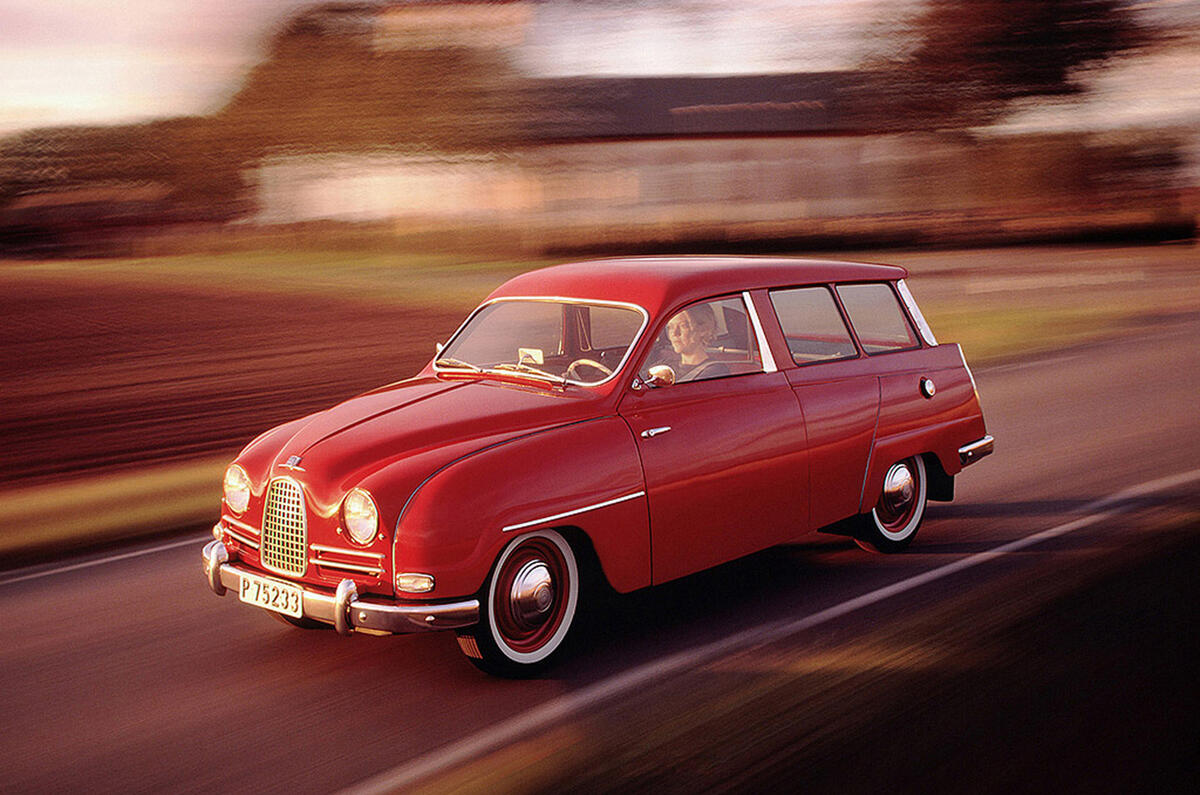
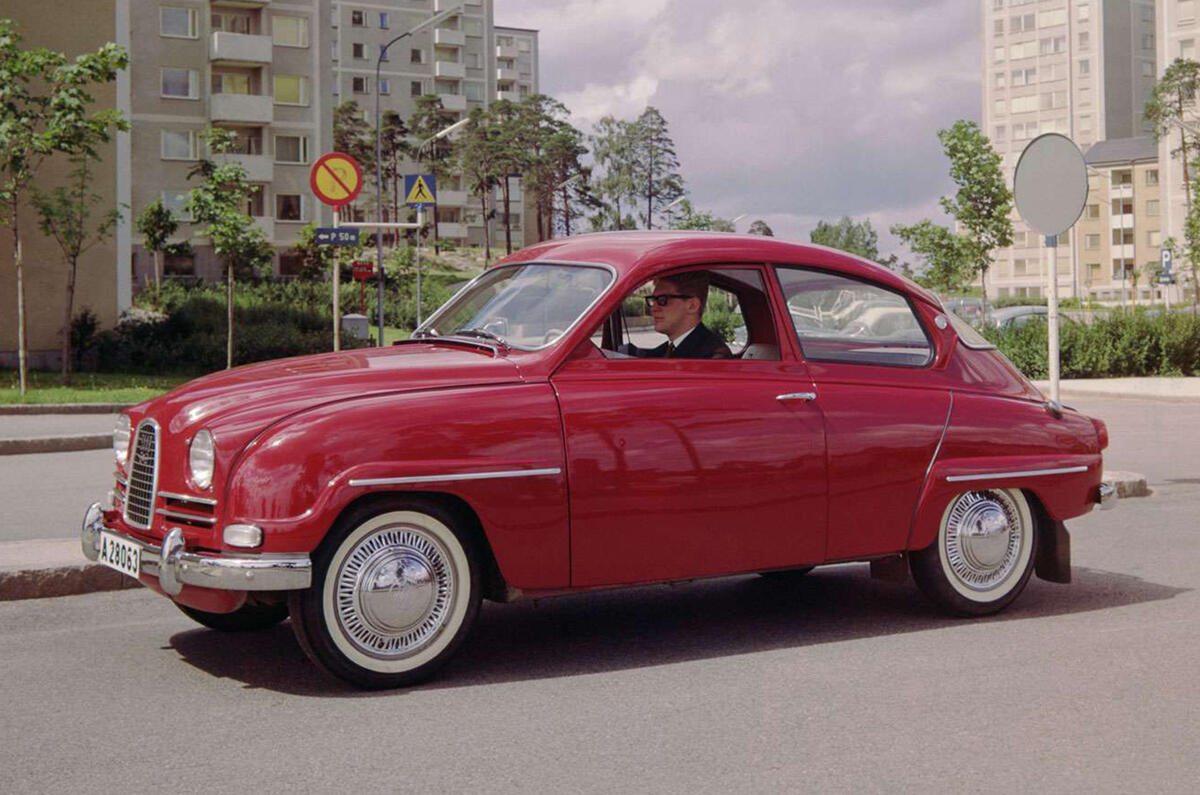
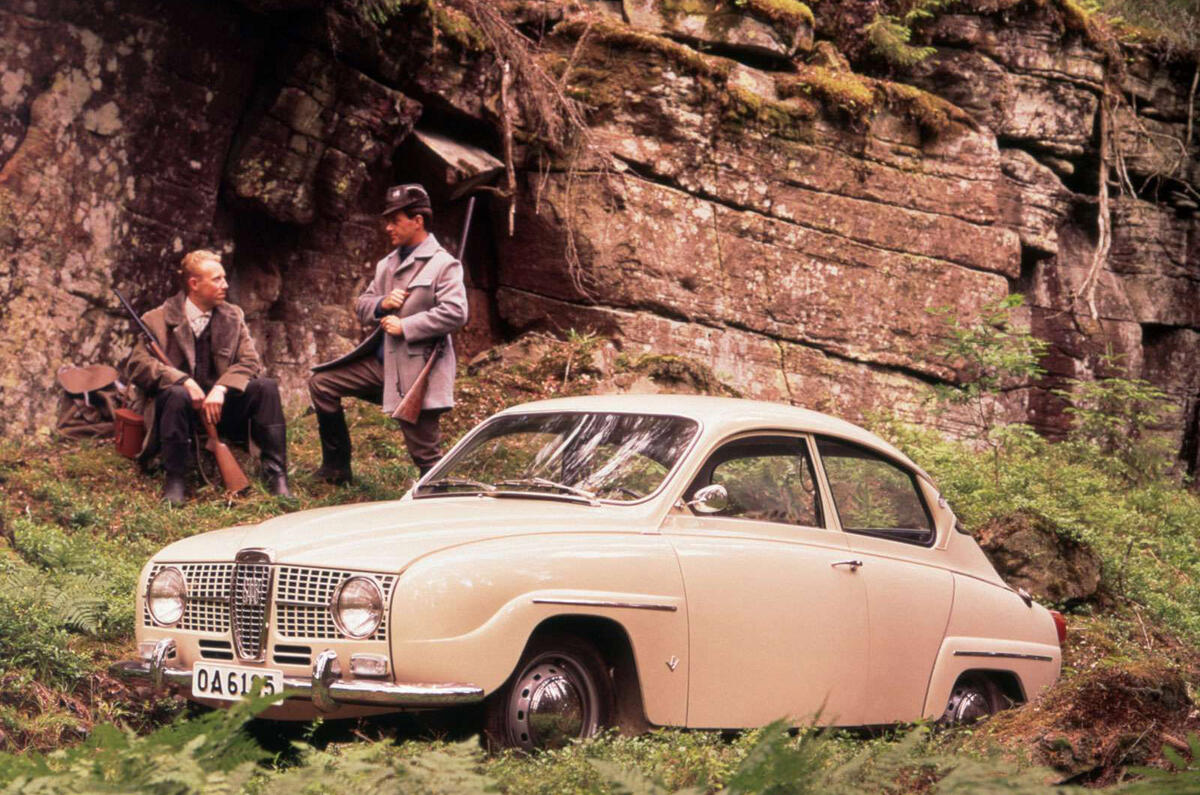


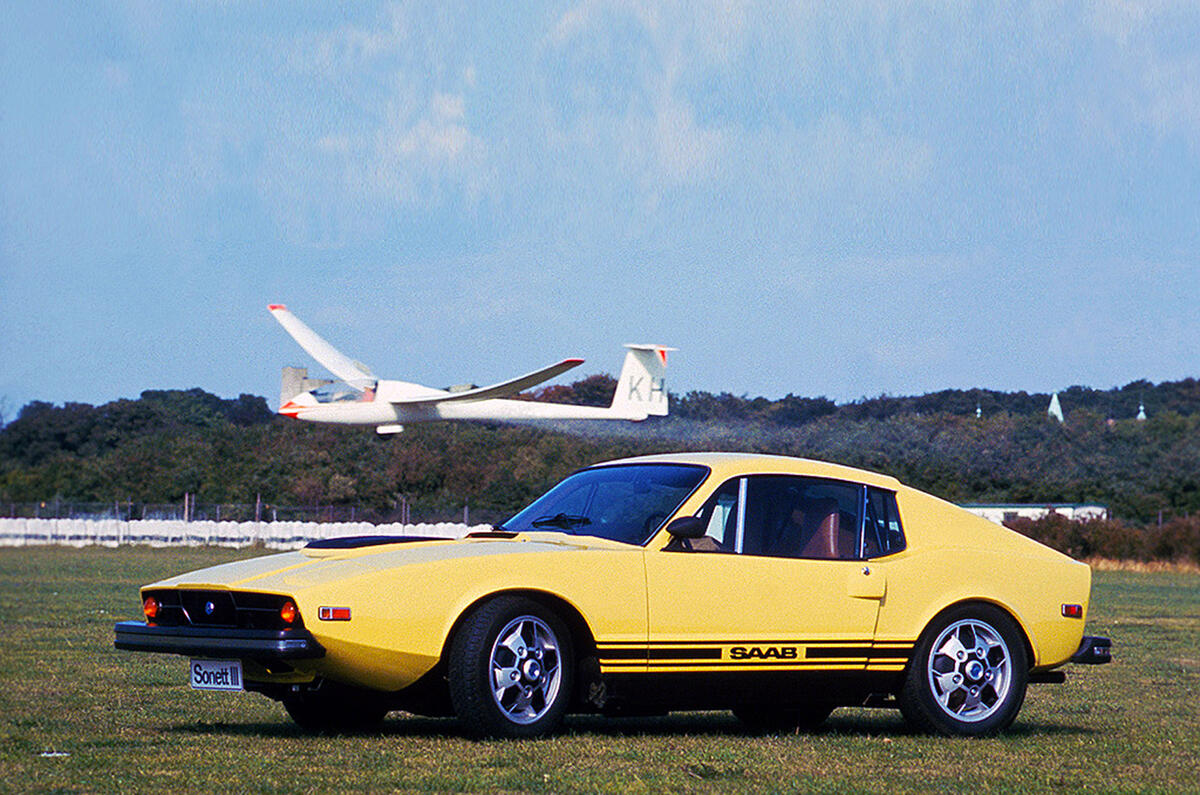
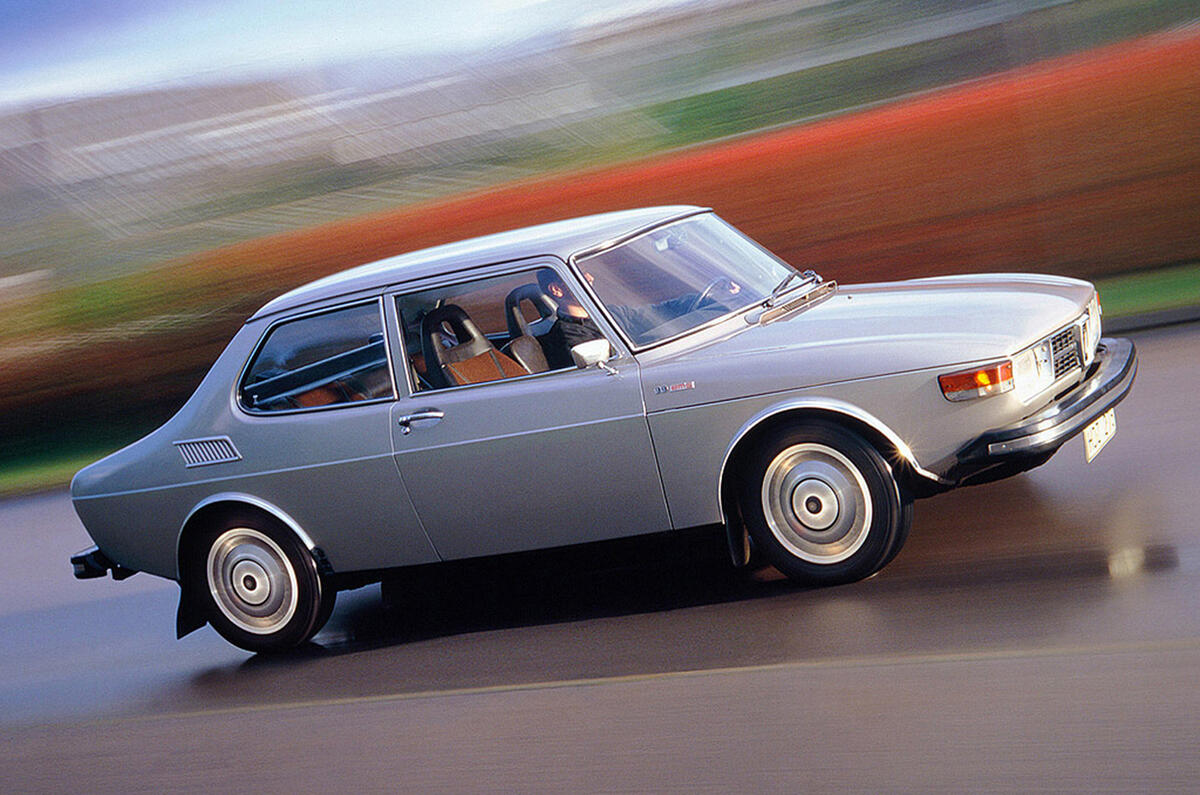
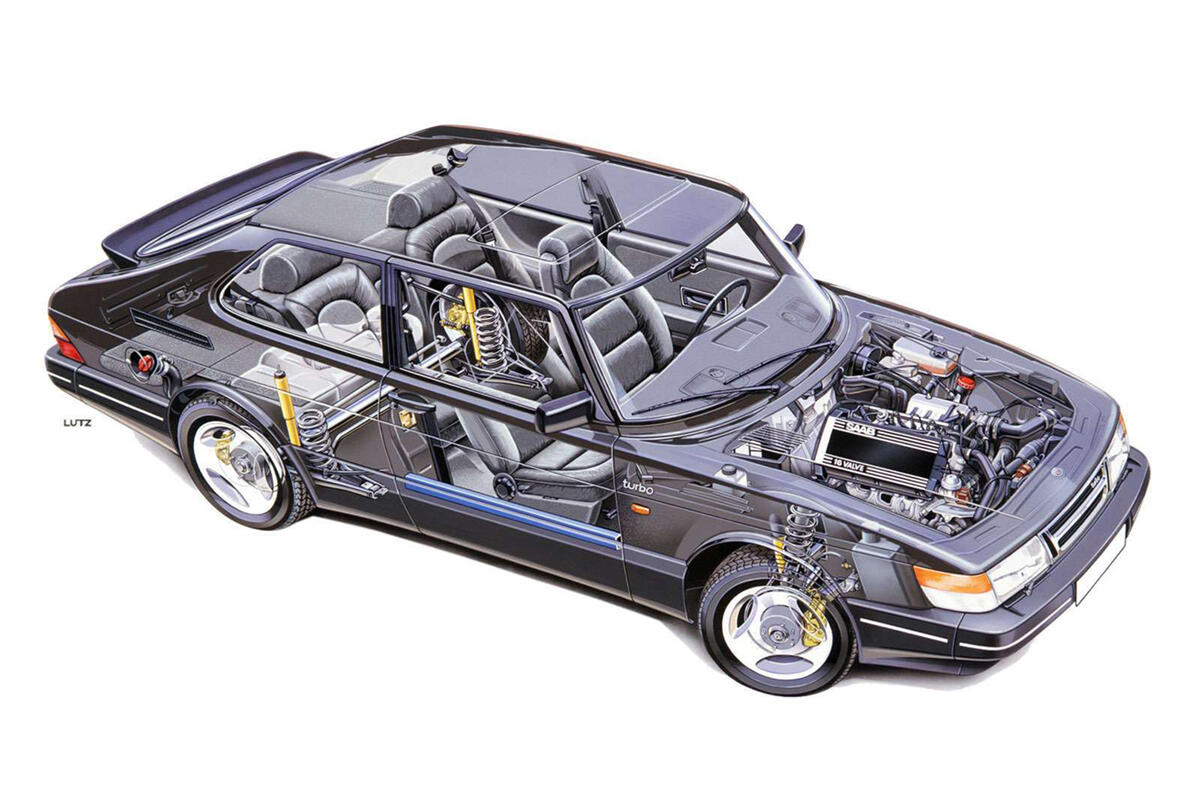
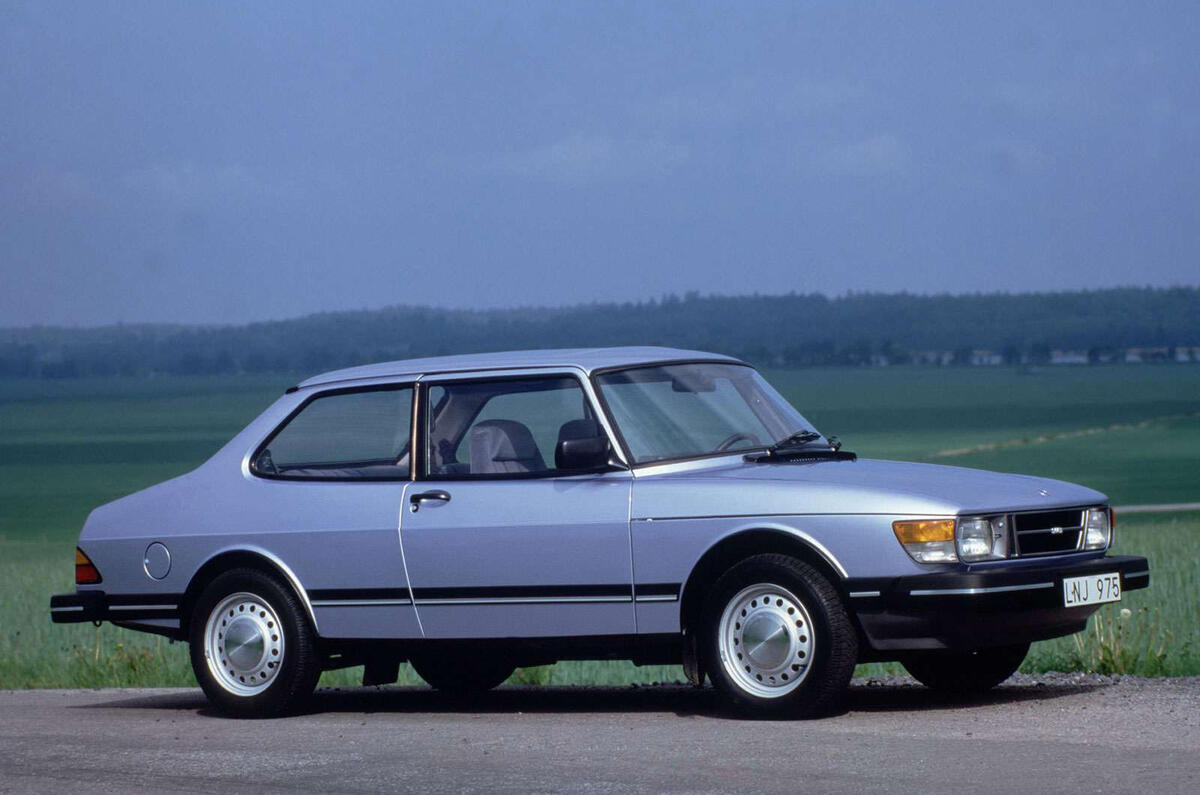
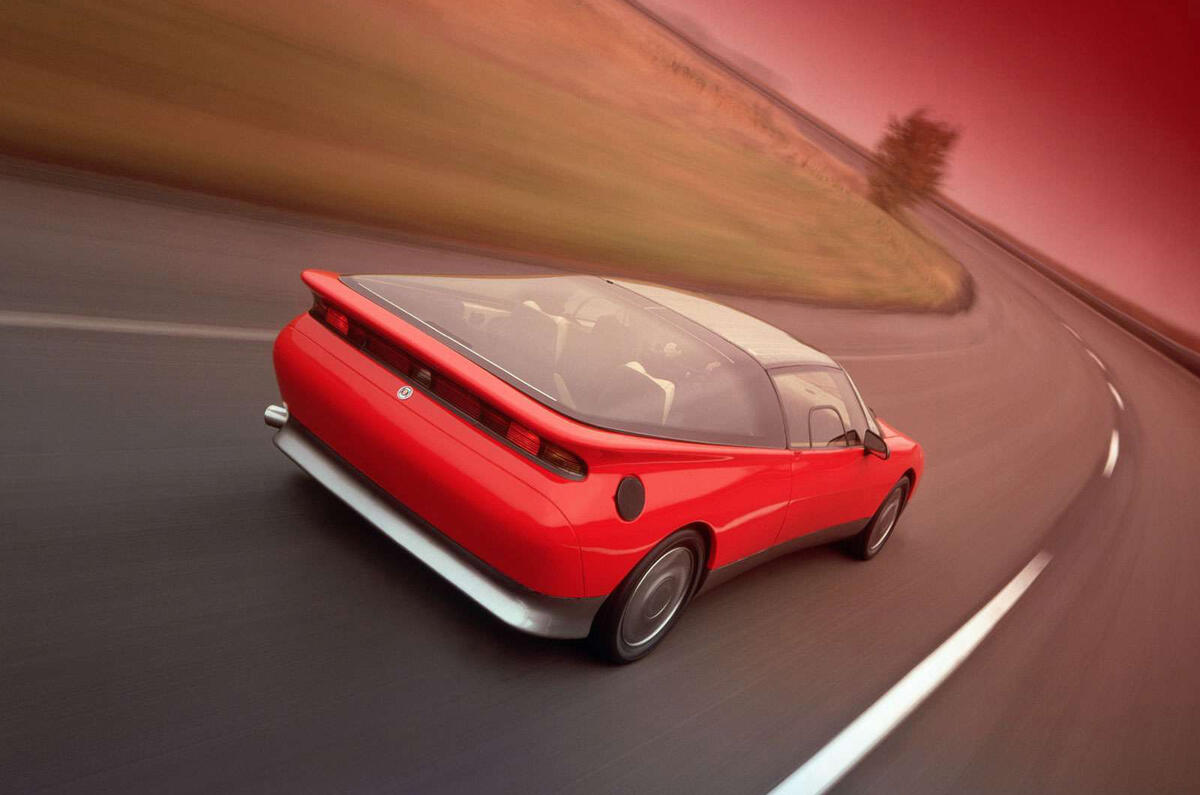
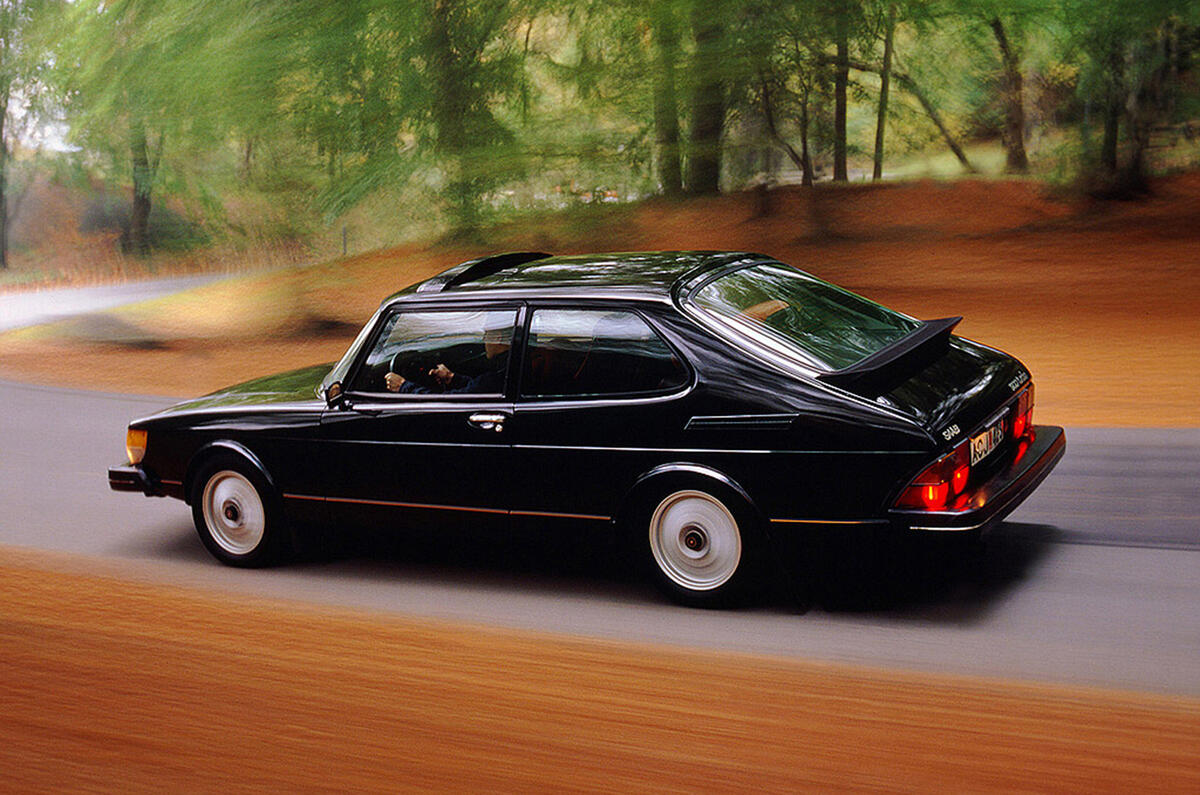
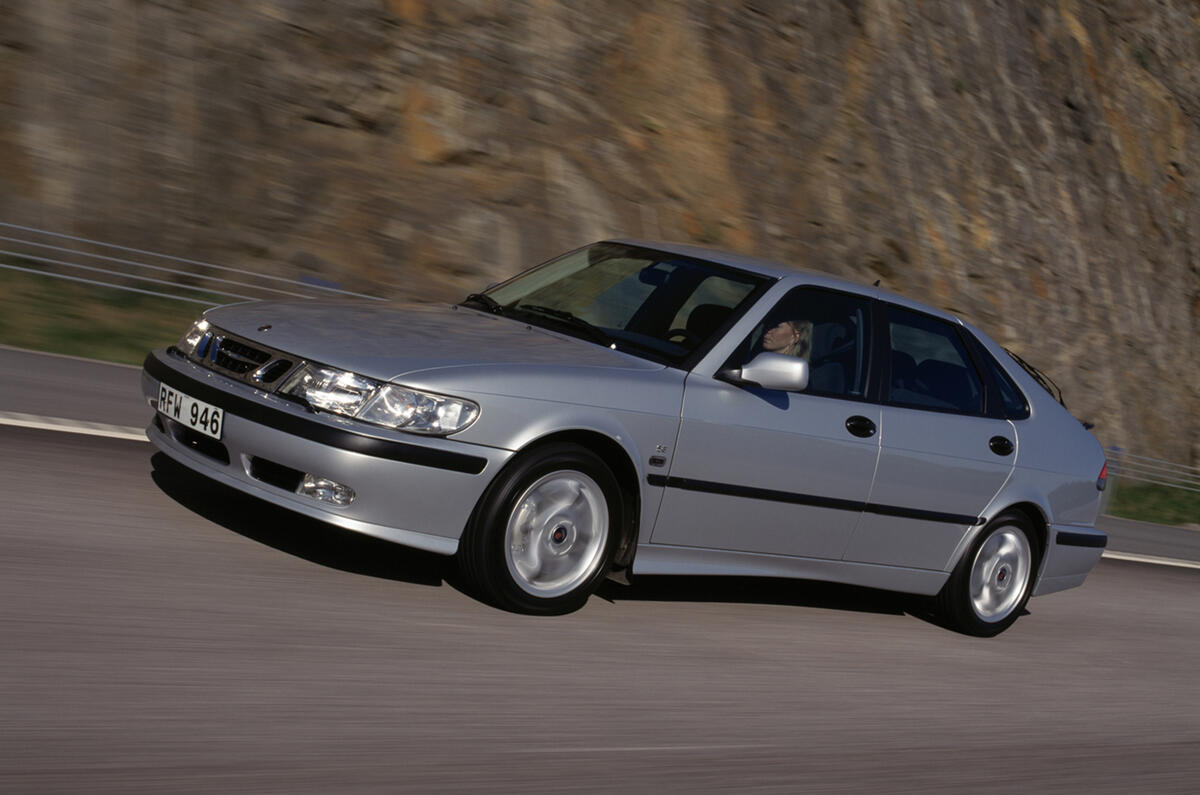
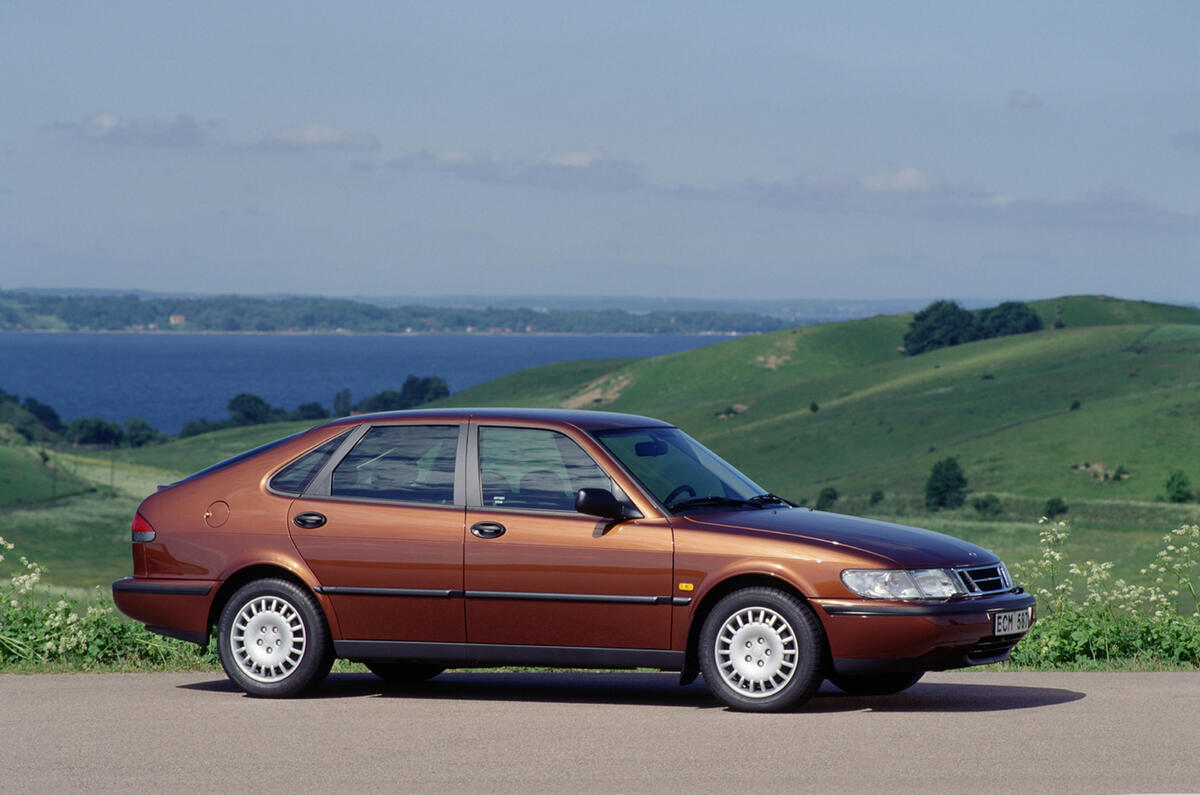
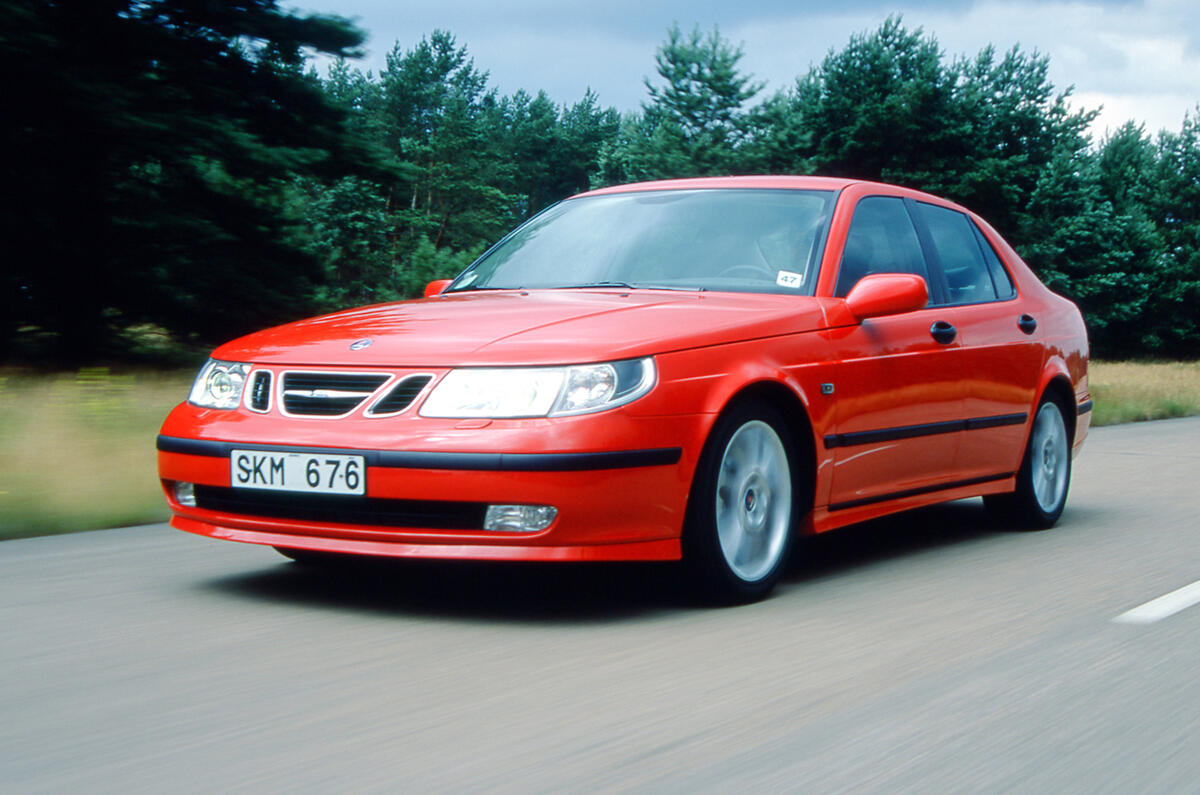
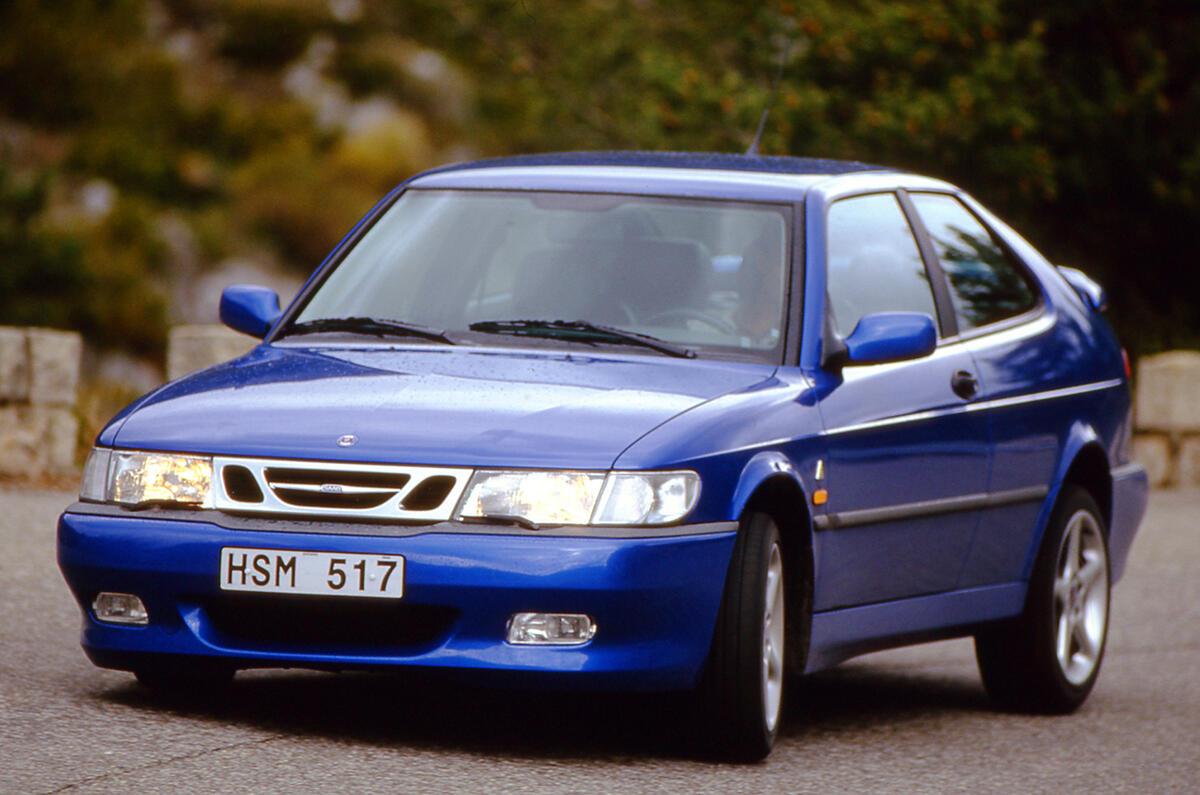
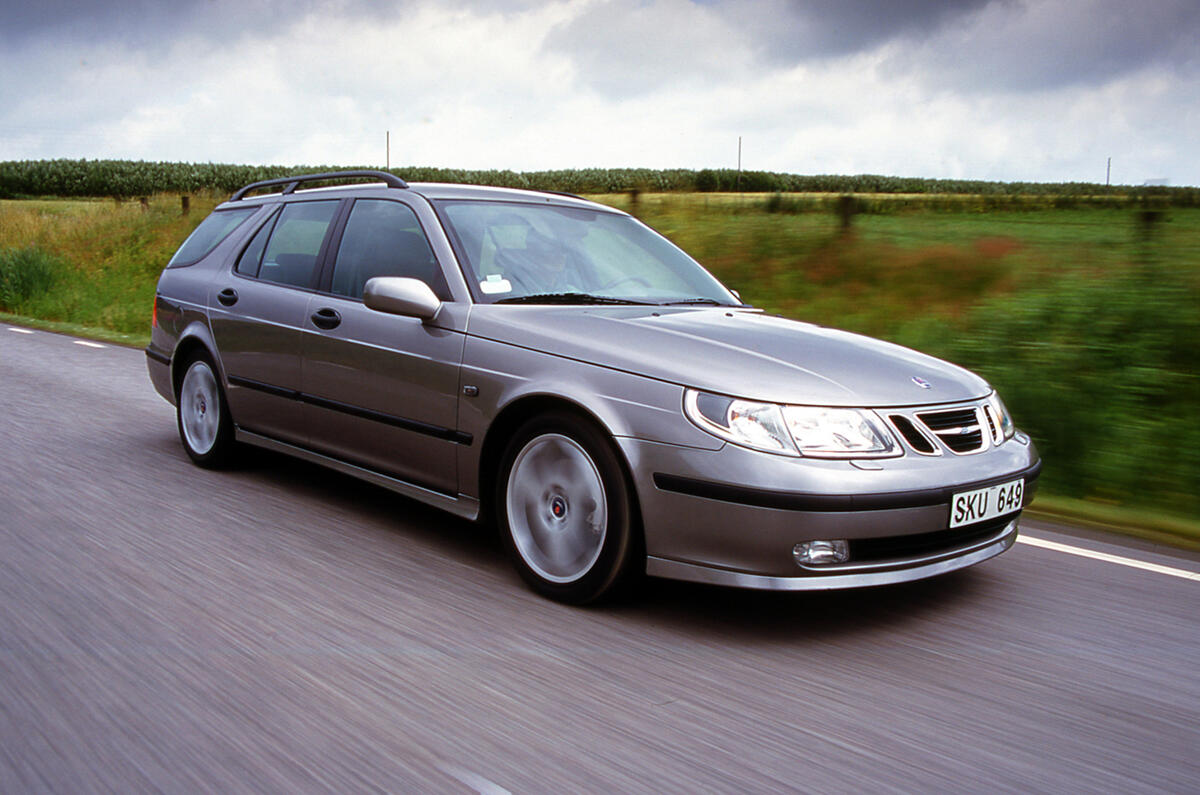



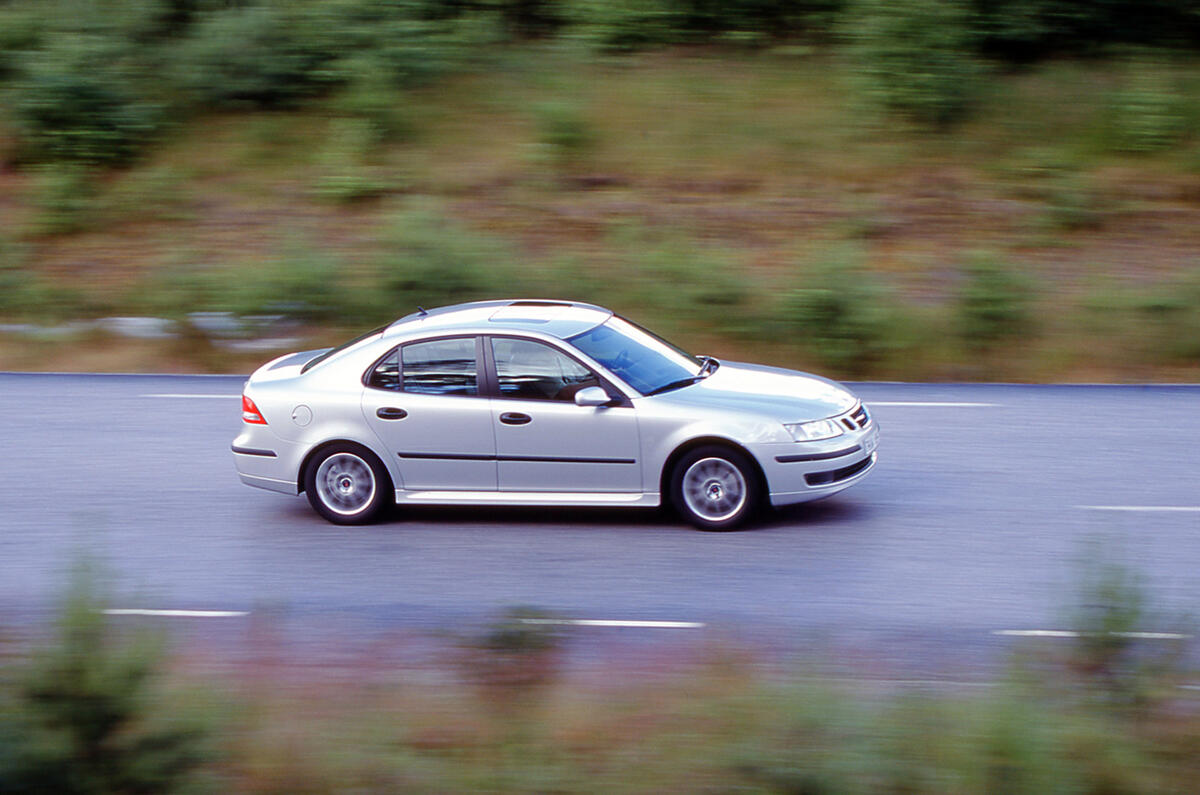
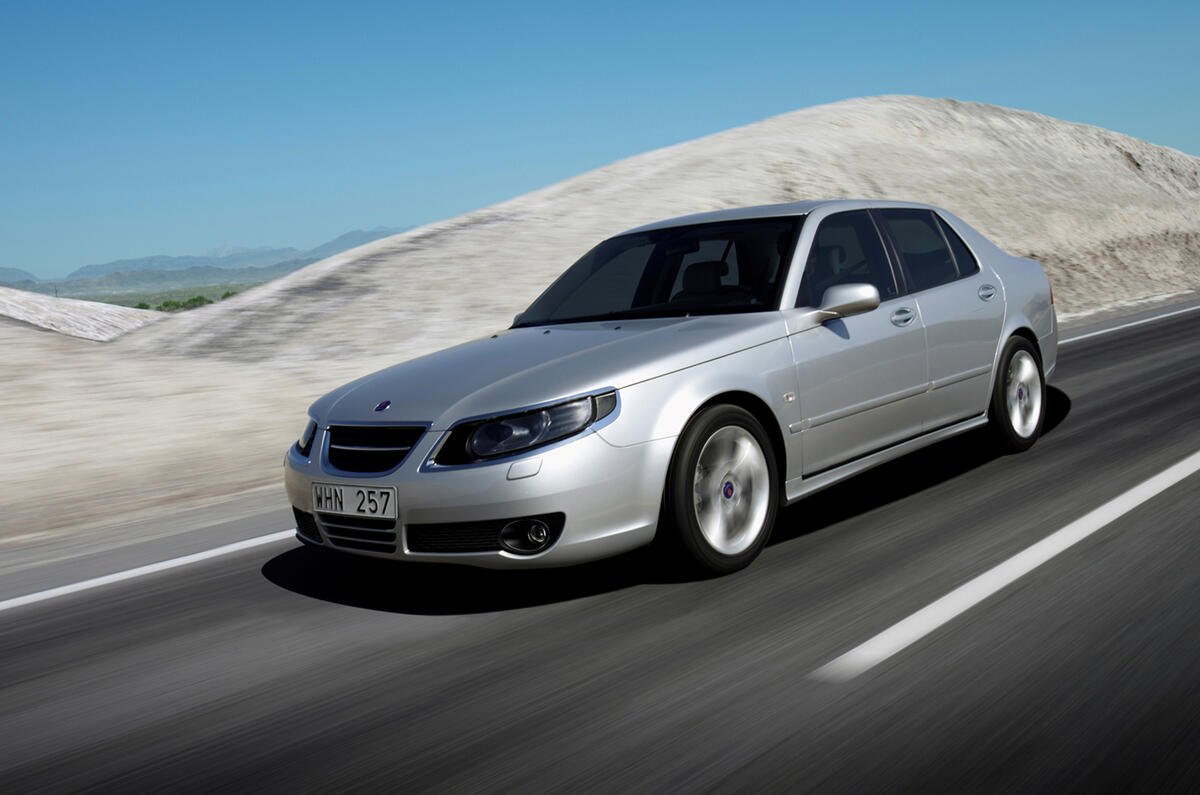

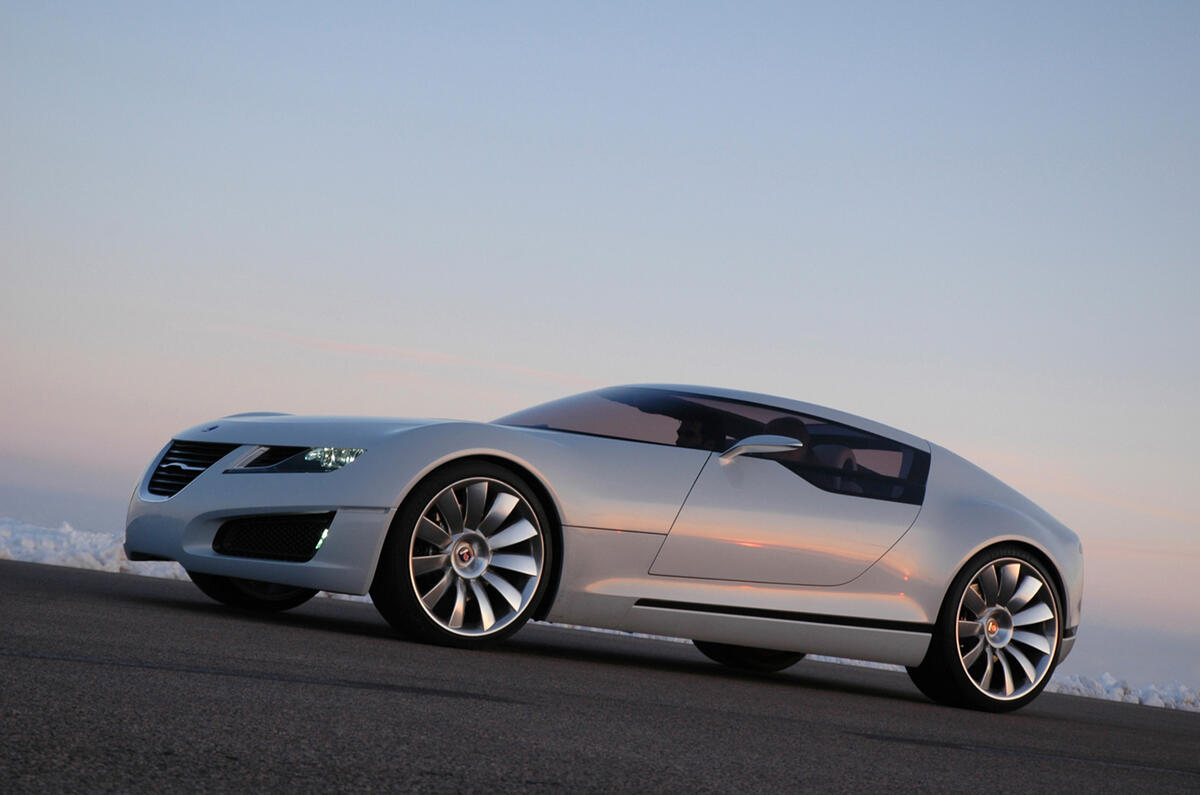
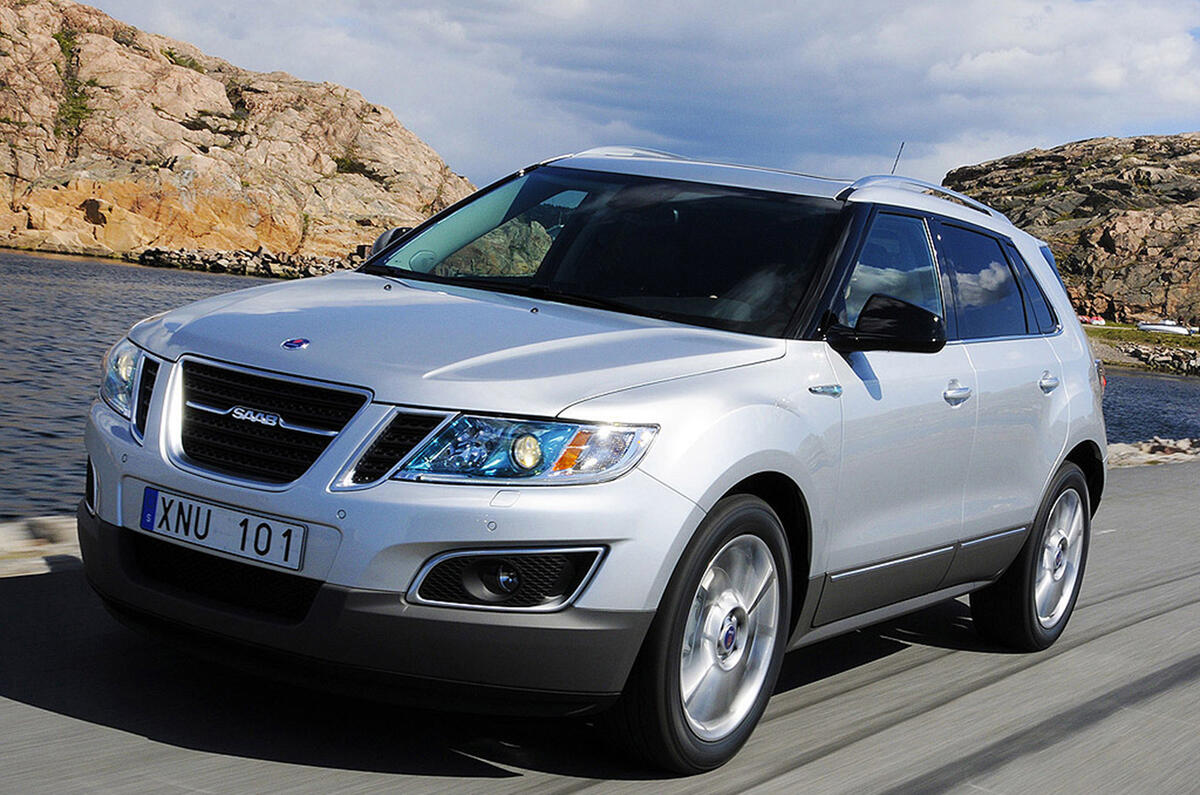
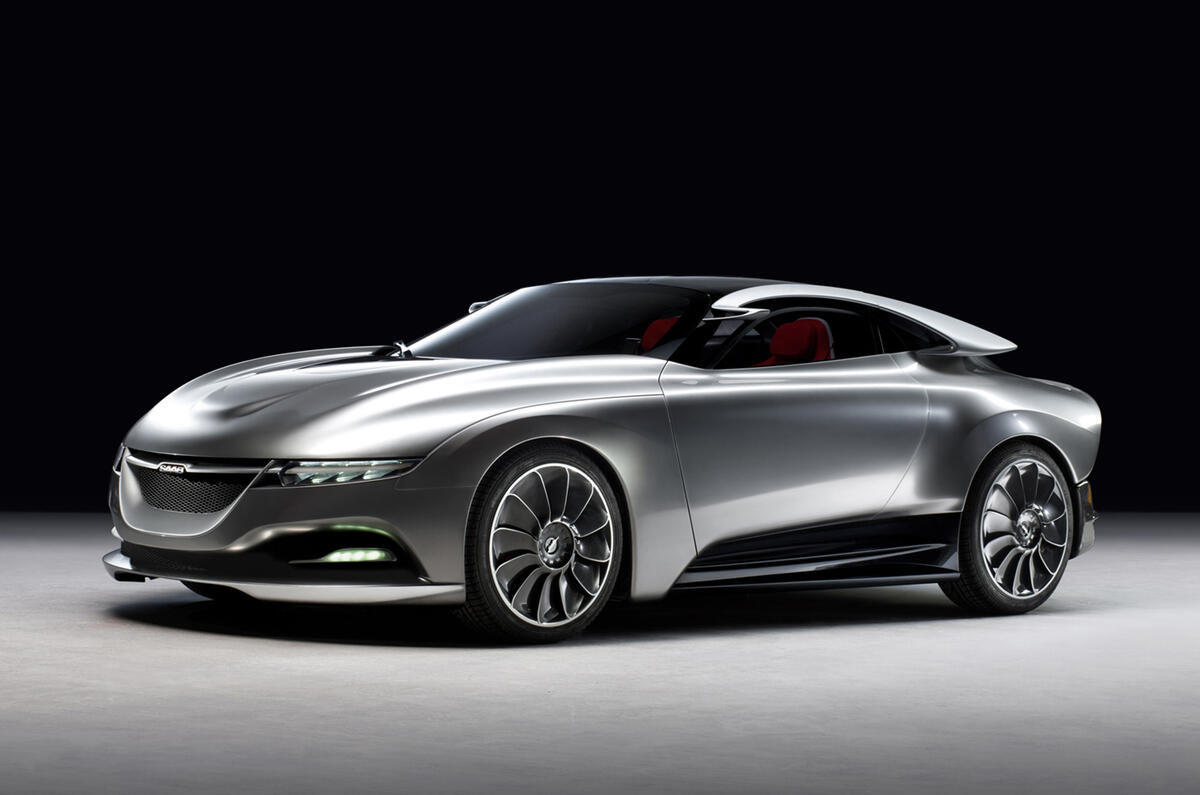
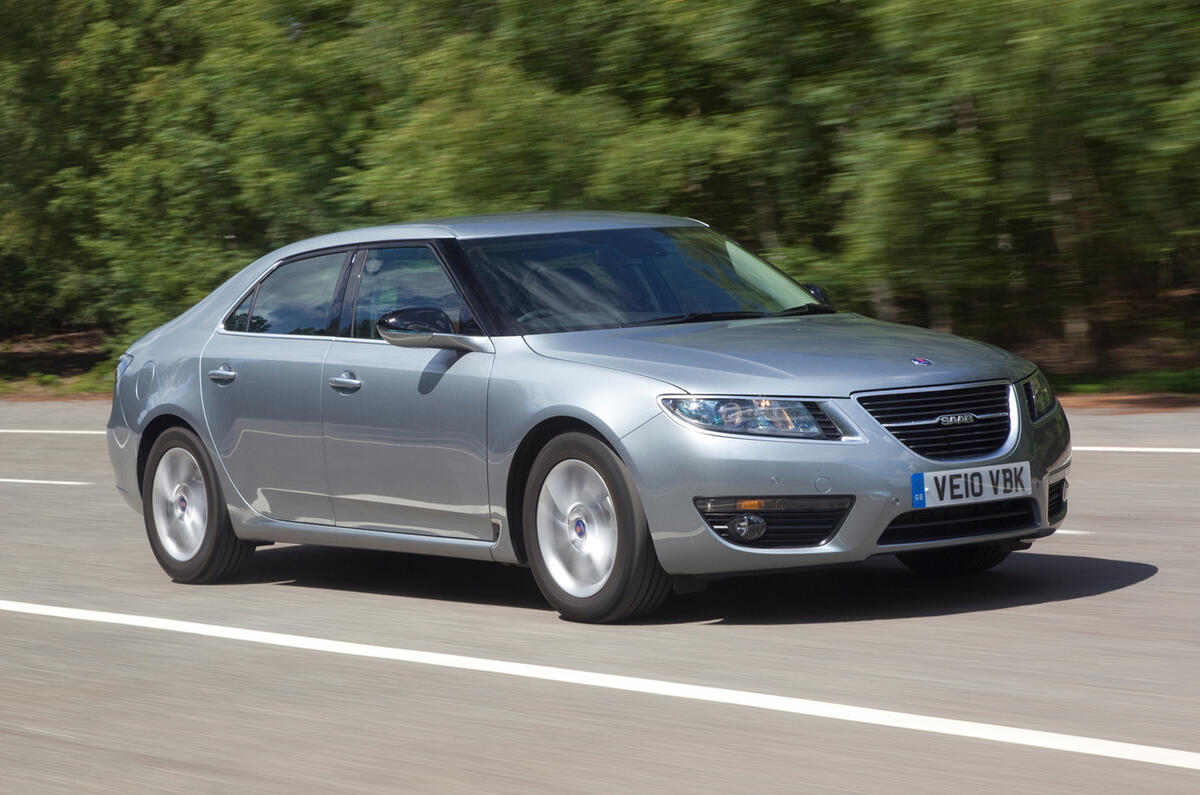
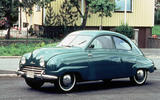
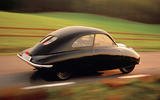


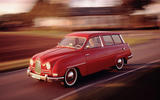
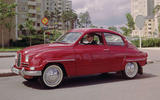
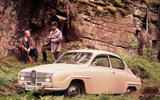
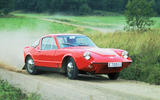


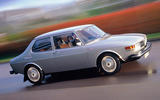
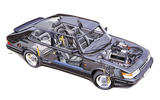
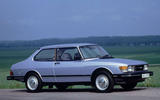

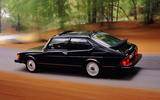
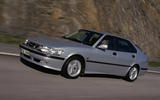
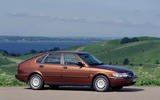
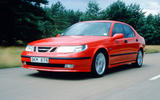
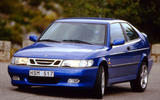
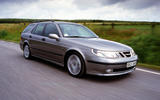
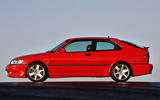
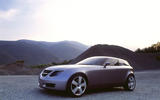

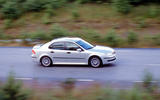

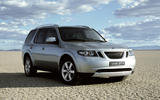
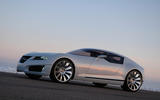
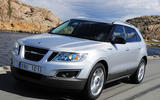
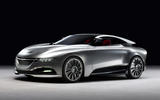
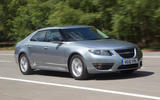


Join the debate
Add your comment
Great car
Great car. I'm just remembering the ads on telly, so different, and so very enjoyable!
99s
This article is very simplistic. It gives the impression Valmet made all the 99s. They were one of four or five plants making the 99. Valmet is a sub-contract assembly plant which has made Saabs, Vauxhall - Opels, Porsches and even planned to build Ladas for the German market.
I hope nobody takes this article as gospel in the future, this is one of many errors.
Pot calling kettle....
...trouble is the UK general public, with it's long-standing fascination for VAG's, Beemers etc were also integral to the downfall of SAAB.
It's unfortunate that, whether rightly or wrongly, we loved (and still love) the German manufactures that little bit more than the Swedish ones....
Just think we could have nice square SAABesque headlights a lot more than the irritating LEDs on the VAGs